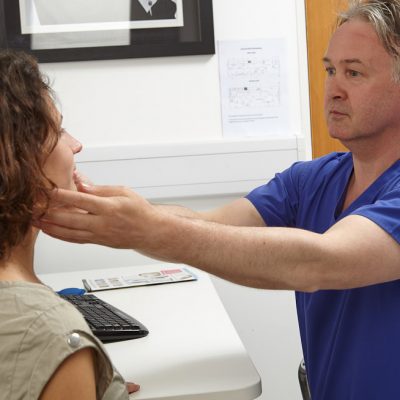Milia
Do you have any of these?
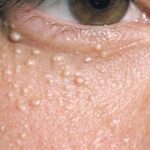
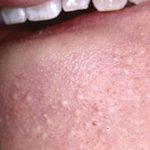
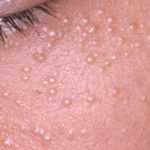
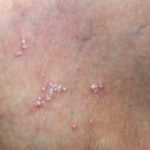
For those of you who suffer from milia, you may be aware that although they aren’t harmful in any way, the removal of them is a tough process and can leave your skin damaged. It is also a practice we wouldn’t typically encourage, especially when milia are present around the eyes.
At Chiltern Medical Clinic, we have various treatments that treat this pesky problem!
Before & After Pictures
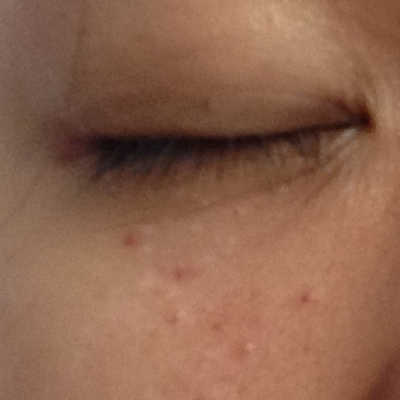
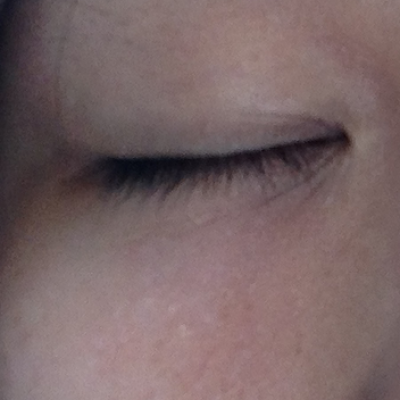
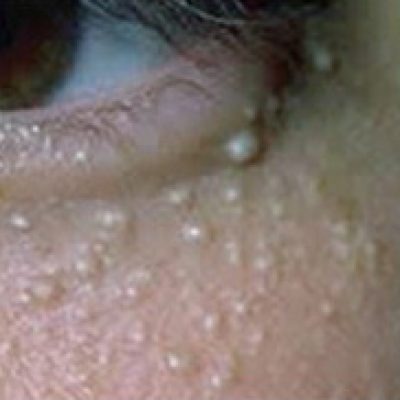
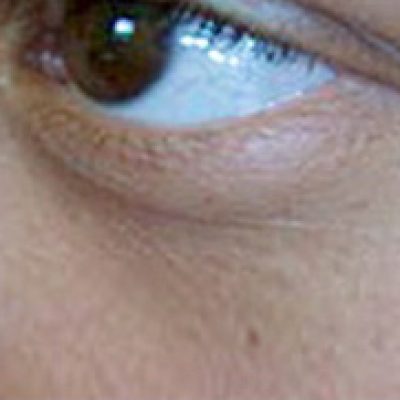
Milia Frequently Asked Questions
Milia are very small, raised, pearly-white or yellowish bumps on the skin. They are most often seen on the skin around the cheeks, nose, eyes and eyelids, forehead and chest. However, they can occur anywhere on the body. Milia are very common in newborn babies but can affect people of any age. In babies, milia clear by themselves and no treatment is needed. In other people, they may take longer to clear. In persistent cases, treatment may be suggested.
There are different types of milia. We do not fully understand what causes all of the different types.
- Neonatal milia – These are milia that are seen in young babies soon after they are born. They are very common and are usually found around the nose area but may also occur on the scalp, cheeks, upper body and inside the mouth. In fact, because they are so common, they are actually considered as normal in newborn babies.
- Primary milia – These are milia that can occur in both children and adults.
- Secondary milia – These are milia that develop in an area of skin, anywhere on the body, that has previously been damaged or injured. For example, after a burn or a blistering rash. The milia develop as the skin heals and it is thought that damage to the sweat glands may be an underlying cause. Secondary milia also sometimes develop after certain skin creams have been used – for example, corticosteroid skin creams.
- Milia en plaque – Milia of this type are extremely rare. The milia develop on an inflamed, raised patch of skin known as a plaque which may be several centimetres across. The cause for milia en plaque is not fully understood. It usually occurs behind the ears, on an eyelid, or on the cheeks or jaw area. This type of milia tends to particularly affect middle-aged women.
- Multiple eruptive milia – The milia appear in crops, or patches of milia that develop over a period of weeks or months. The crops usually appear on the face, the upper arms and the upper trunk. Milia of this type are also extremely rare.
We have several solutions to remove your milia depending upon the type as well as the number and location of them. Your practitioner will assess the milia at your consultation and advise you of the best option for your individual case.
Needle extraction – Once the skin has been cleaned, a sterile needle is then used to create a tiny incision in the skin covering the cyst and then the contents of the milia are carefully extracted to not cause any trauma to the skin.
Hyfrecator extraction – The hyfrecator works to cauterise the skin covering the milia by using tiny electrical pulses then allowing the contents to be extracted.
Skin Peels – They help by exfoliating the top layers of skin, speeding up skin turnover and preventing pores from becoming clogged.
Prescribed medication – It may be more suitable to be prescribed a topical medication to treat the milia, but this is only for certain types of milia where physical extraction is not suitable.
Our expert practitioners can also offer advice on how to prevent milia reoccurring in the future, such as through in-clinic or homecare exfoliation options.
The price of your treatment will depend on the type of treatment method you need and the area to be treated. We will discuss this with you during your free initial consultation, as well as answering any other questions you have about skin peels or alternative treatments.

